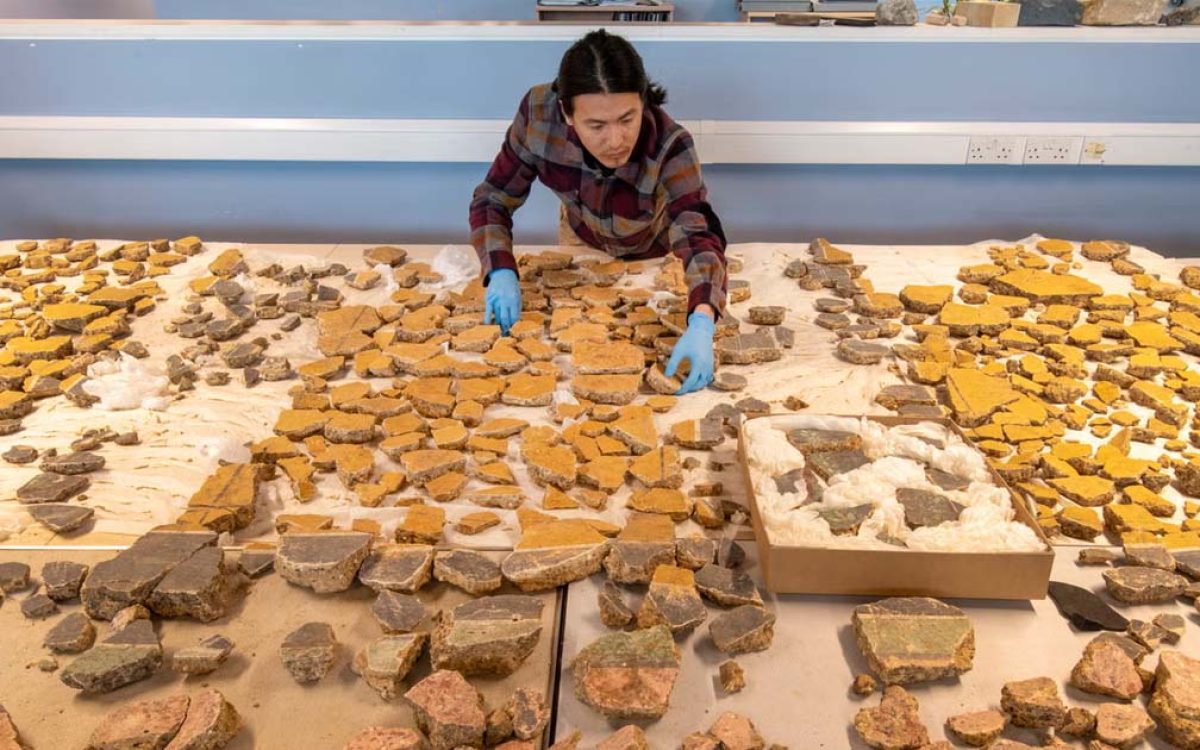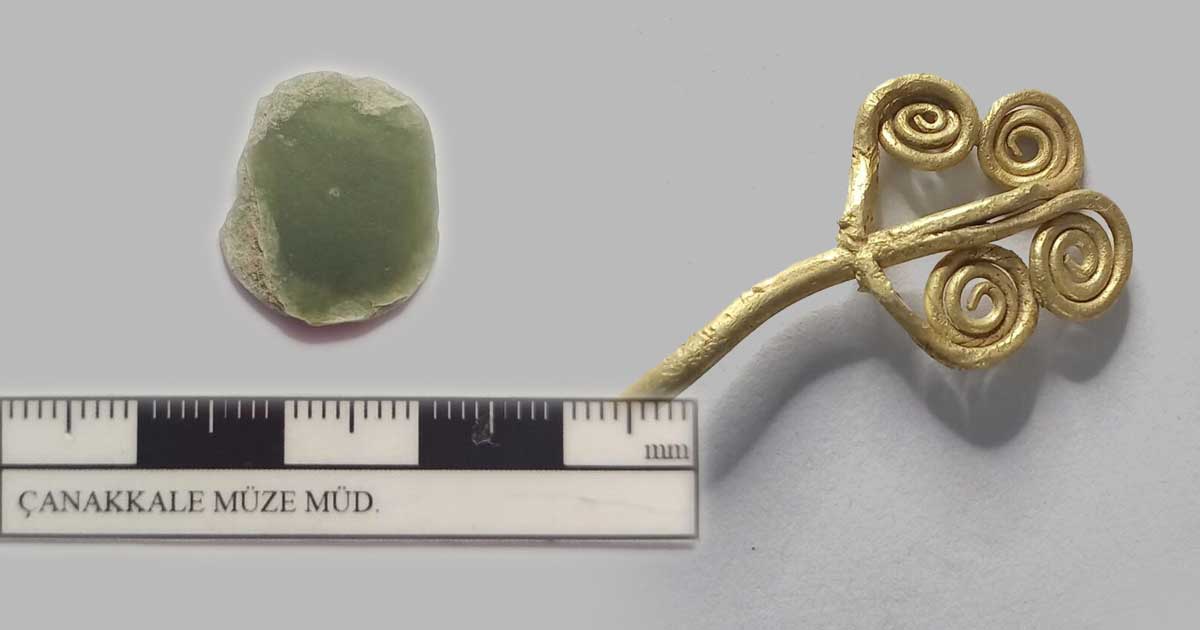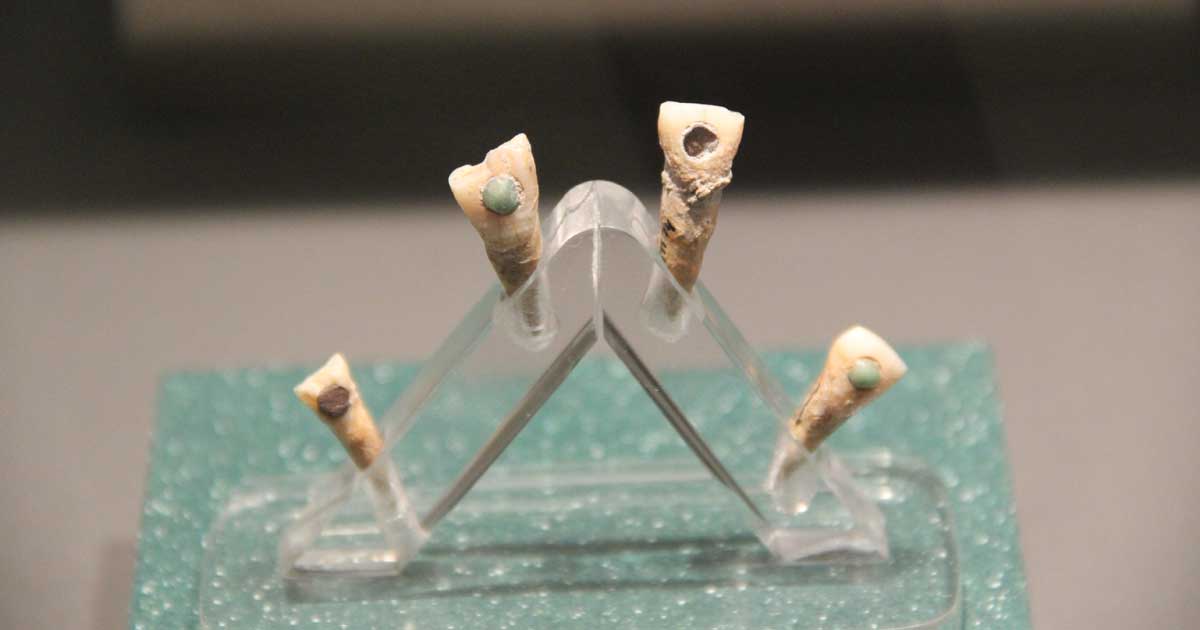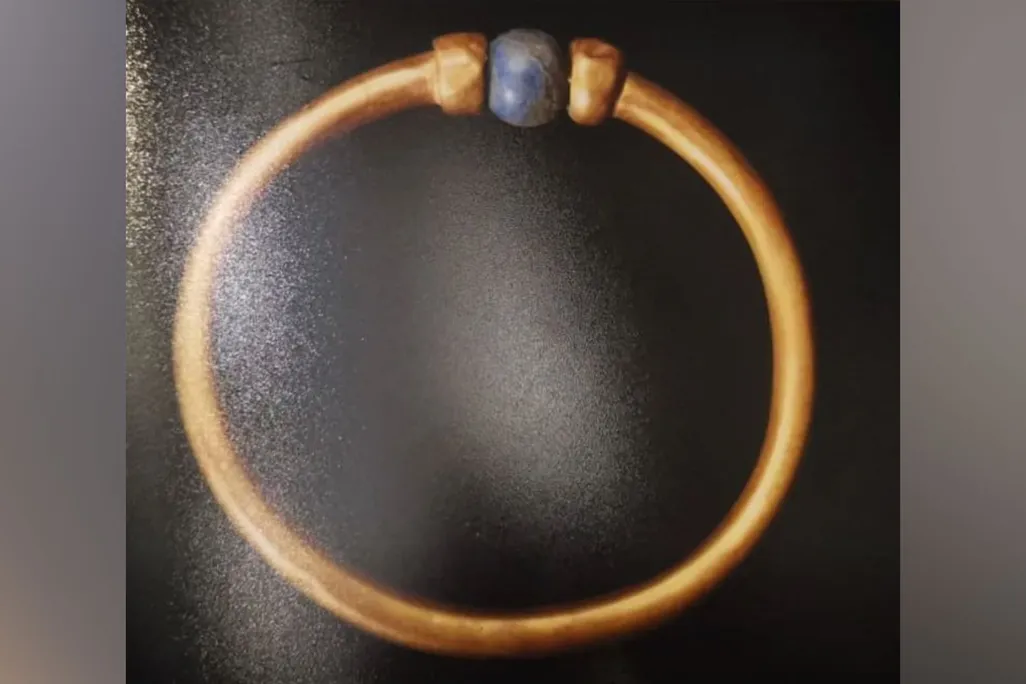In 2021, archaeological excavations in Southwark, London, uncovered one of the most significant finds of Roman wall paintings in Britain. Conducted by the Museum of London Archaeology (MOLA) ahead of the Liberty of Southwark development, the discovery revealed thousands of plaster fragments from a high-status Roman building, demolished before AD 200. These fragments, painstakingly reassembled by Senior Building Material Specialist Han Li, form one of the largest collections of Roman frescoes ever found in London.
The excavation, part of a collaborative project with Landsec, Transport for London, and Southwark Council, focused on a site near London Bridge already known for a well-preserved Roman mosaic and a rare mausoleum.
The newly discovered plaster fragments, dated between AD 40 and 150, were found in a large pit, likely discarded during the building’s demolition. This structure, possibly a wealthy residence or commercial property, featured frescoes across at least 20 internal walls, an extraordinary scale for Roman London.
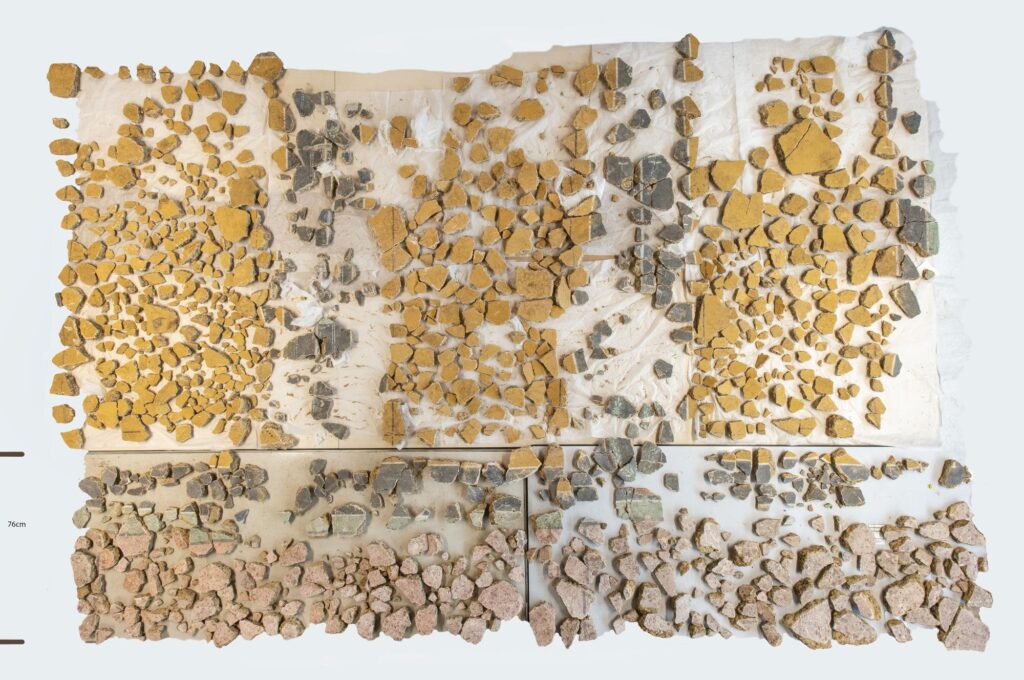
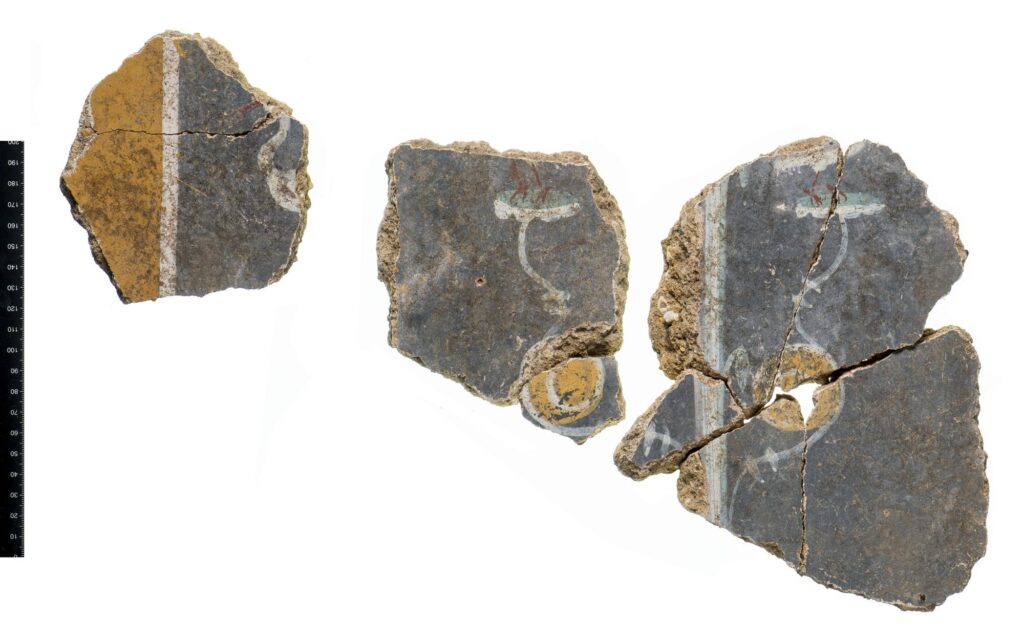
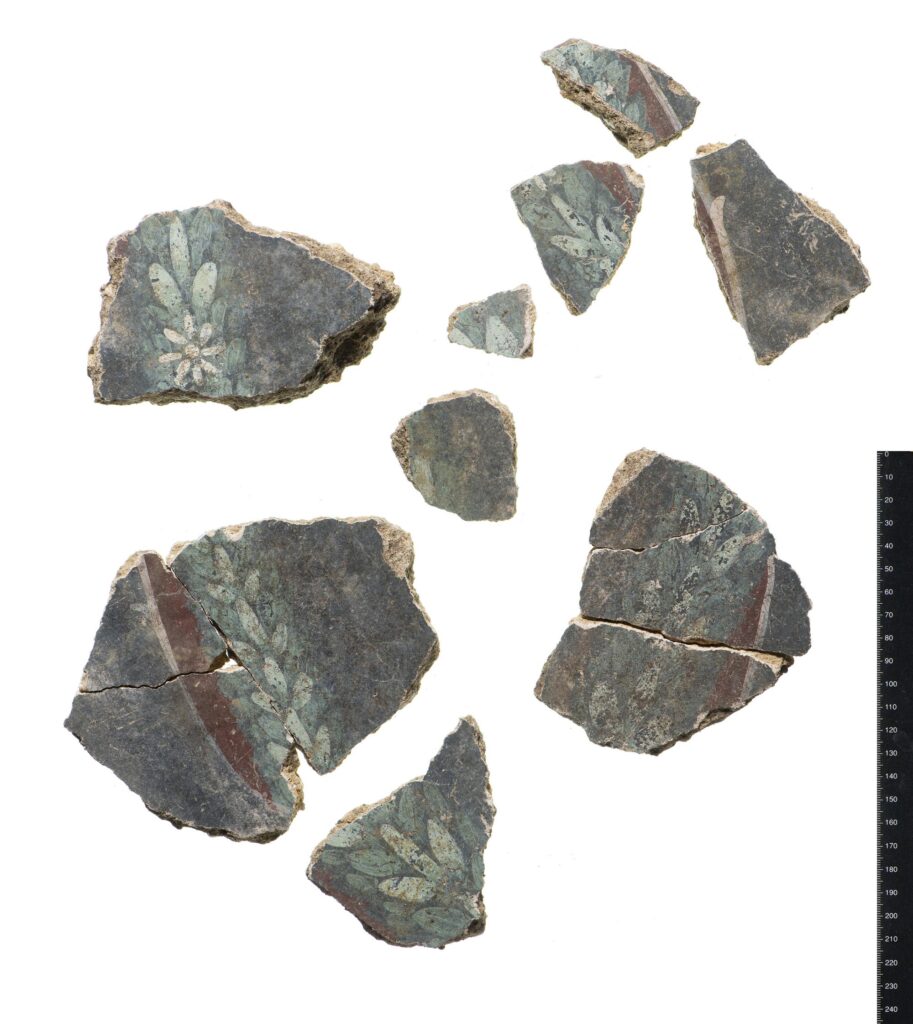
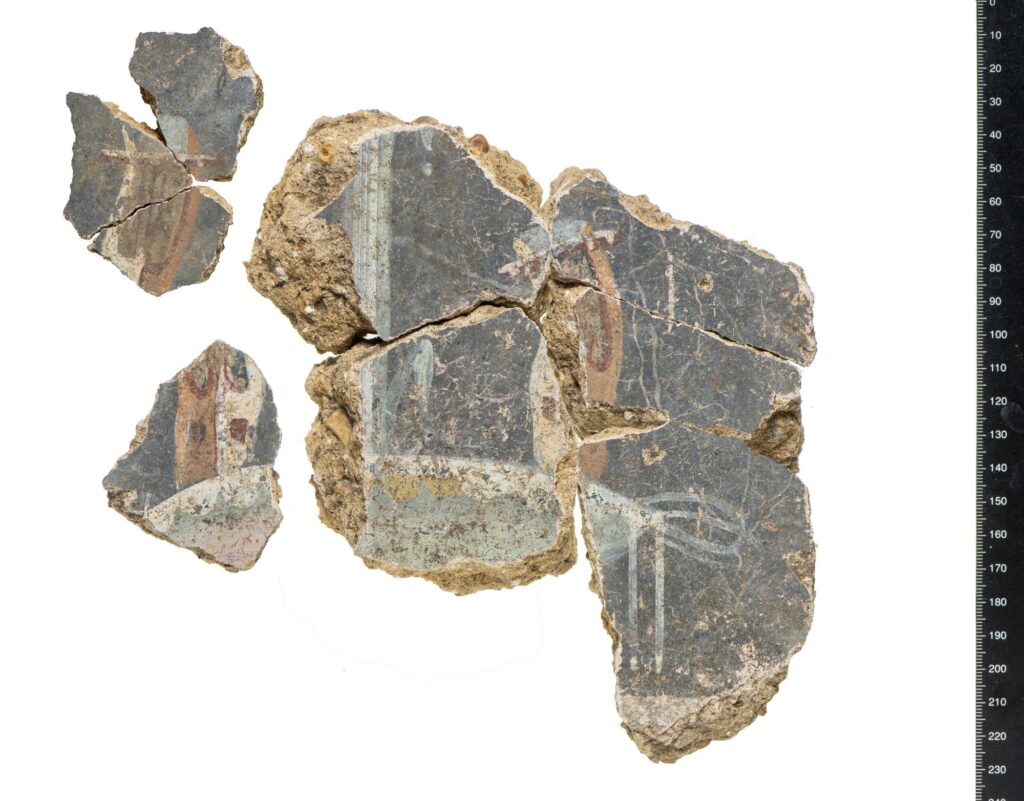
Han Li led the meticulous task of sorting and reconstructing the fragments, a process he described as uniquely challenging due to their fragility and intermingled state. Over three months, with input from specialists like Ian Betts and the British School at Rome, patterns emerged: vivid yellow panels with black borders, depicting birds, fruits, and lyres—stringed instruments associated with Roman elite culture. These designs, rare in Britain, align with those at Fishbourne Roman Palace and sites in Pompeii, Colchester, and Roman Germany, suggesting a sophisticated aesthetic influenced by the broader Roman world.
Artistic and Cultural Insights
The frescoes reveal a deliberate display of wealth and status. Some fragments imitate luxurious materials, such as red Egyptian porphyry and yellow African giallo antico marble, a decorative choice seen in high-status sites across the Roman Empire. The yellow panel scheme, uncommon in Britain, underscores the building’s prestige, drawing parallels with elite residences like Fishbourne. A particularly remarkable find is a tabula ansata—a decorative tablet—bearing the Latin word Fecit (“has made this”), marking the first known artist’s signature in Roman Britain. Unfortunately, the fragment breaks where the painter’s name would appear, leaving their identity unknown.
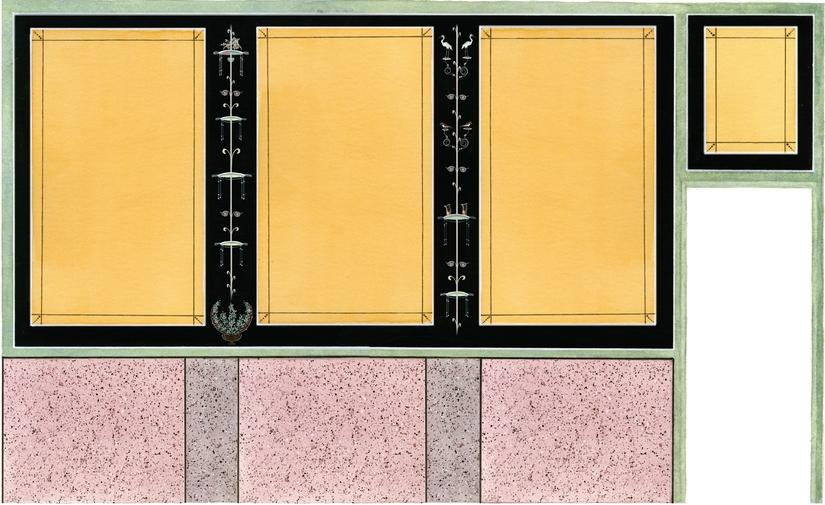
Graffiti on the plaster provides further insight into the building’s use. A near-complete Greek alphabet, the only such example from Roman Britain, suggests a practical function, possibly as a tally or reference for commercial activities. The precise lettering indicates a skilled scribe, potentially linked to trade, as the building may have served as a hub for storing or distributing goods shipped to Londinium. Other graffiti includes a depiction of a woman with a Flavian-era hairstyle (AD 69–96) and what appears to be tears, alongside a painter’s guideline for an unpainted petalled flower, suggesting an abandoned design.
Southwark’s Role in Roman Londinium
This discovery reframes Southwark’s significance in Roman Londinium. Established in AD 43, Londinium was a burgeoning trade center, and Southwark, south of the Thames, served as a vibrant suburb. The frescoes’ cosmopolitan style, echoing designs from Xanten, Cologne, and Lyon, highlights Southwark’s integration into the Roman Empire’s cultural network. The building’s early demolition raises questions about urban development in Roman London—possibly reflecting economic shifts or redevelopment pressures.
MOLA’s ongoing analysis, including comparisons with frescoes from Britain and beyond, aims to clarify the building’s function and the circumstances of its destruction. The fragments will be archived for future study, with plans for public display to share this find with a wider audience.
Header Image: While panel designs were common during the Roman period, yellow panels were not, having only been identified at only a few sites across the country. (MOLA)
Source
The World’s Most Difficult Jigsaw Puzzle: A Once in a Lifetime Discovery from Roman Southwark – [https://www.mola.org.uk/discoveries/news/worlds-most-difficult-jigsaw-puzzle-once-lifetime-discovery-roman-southwark]: MOLA’s press release on the fresco discovery and excavation details.

